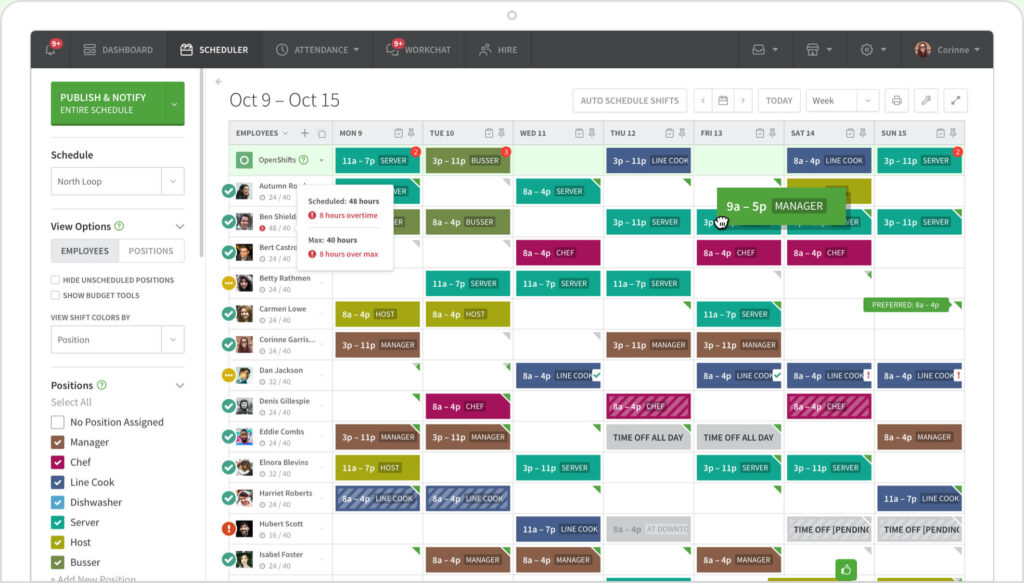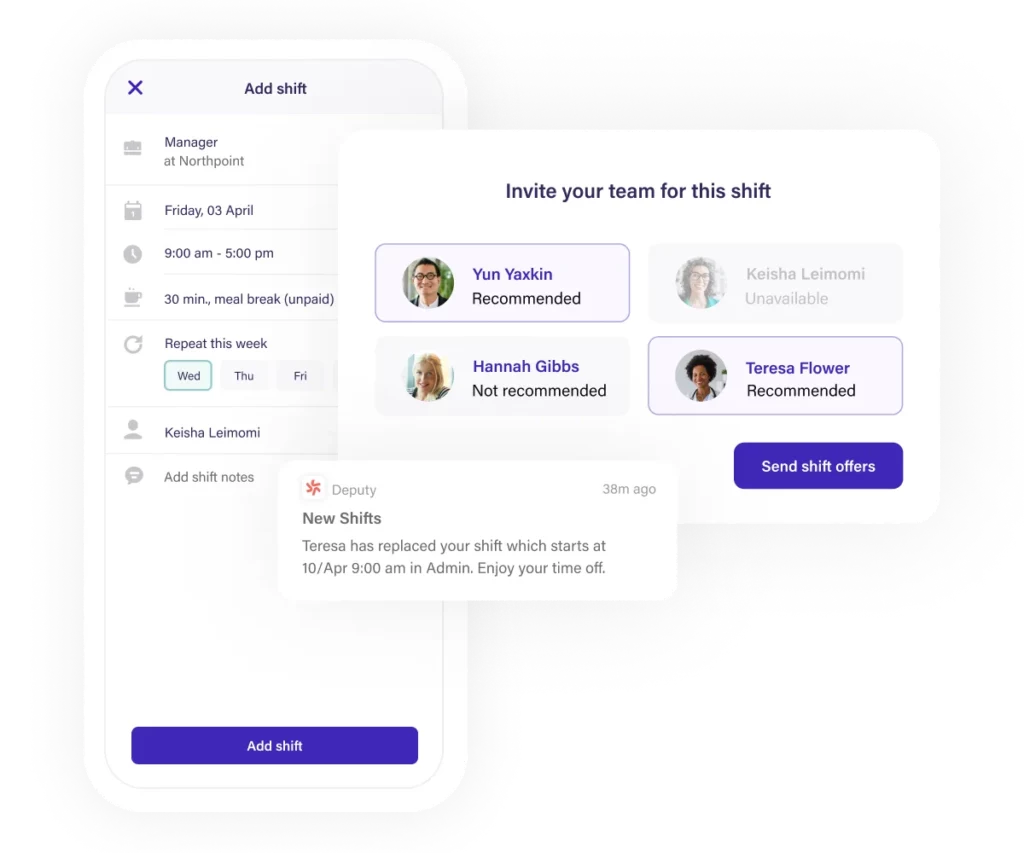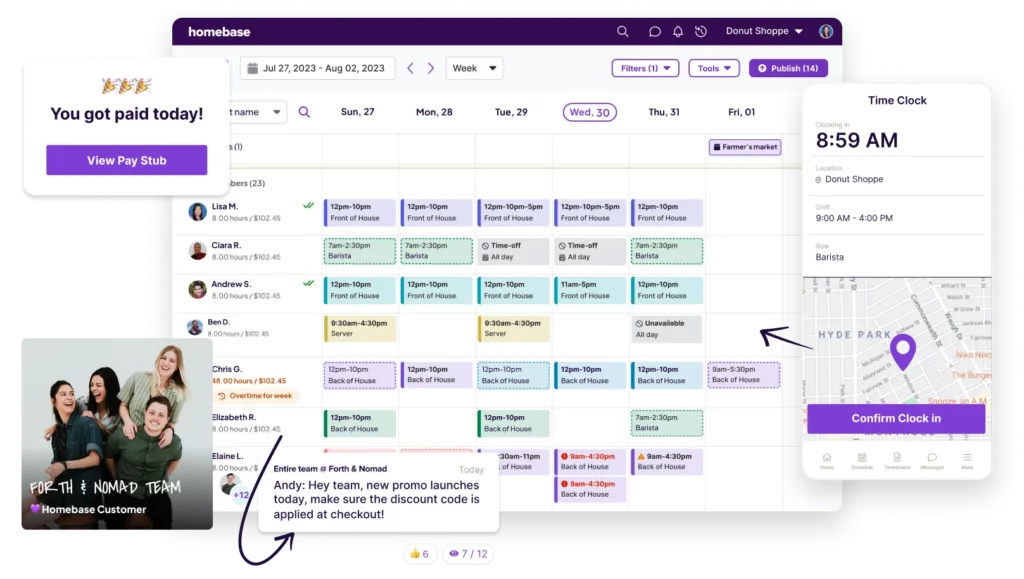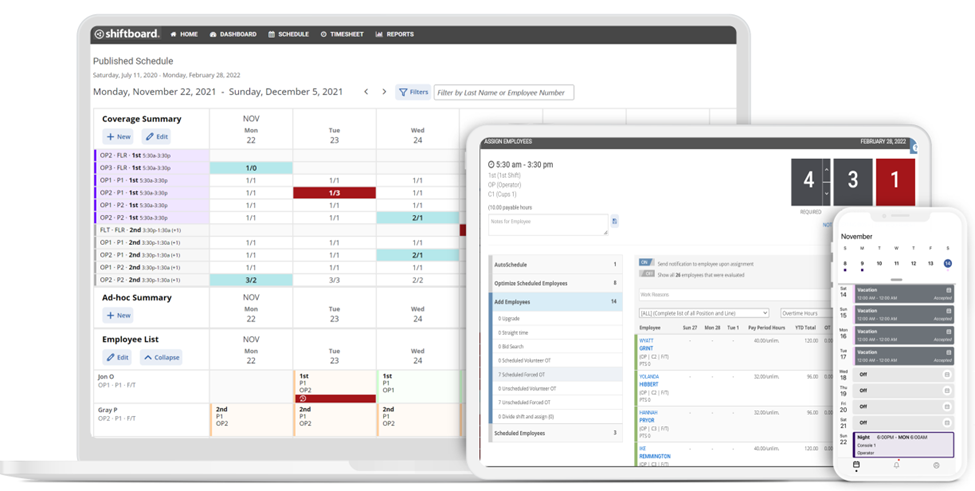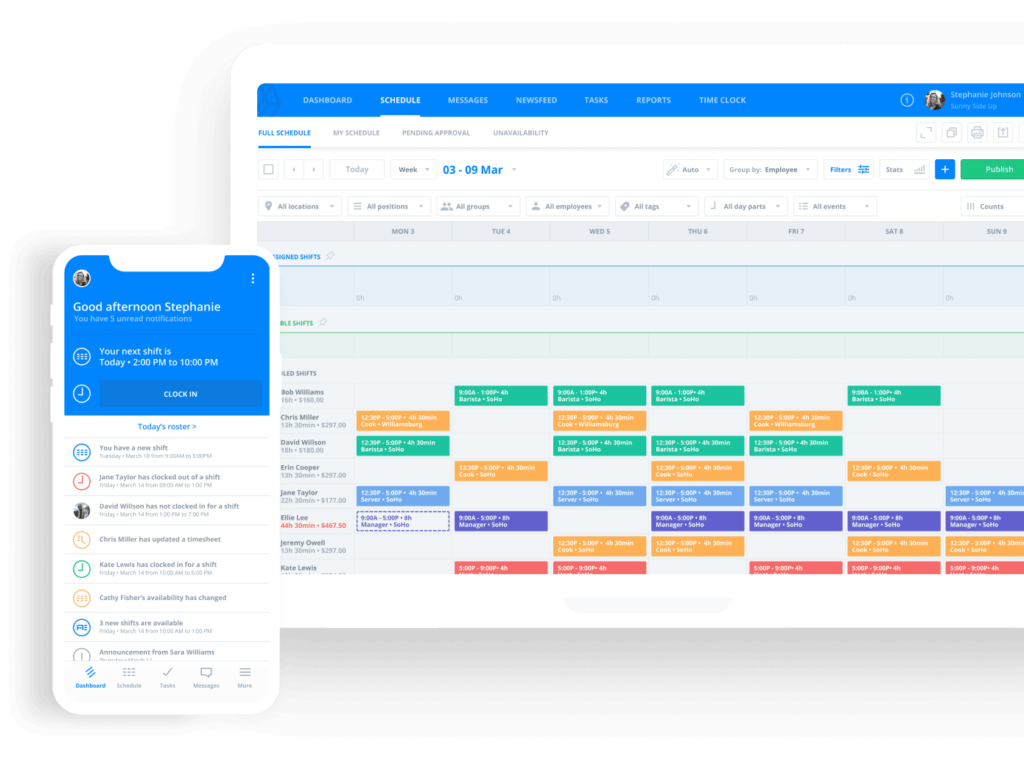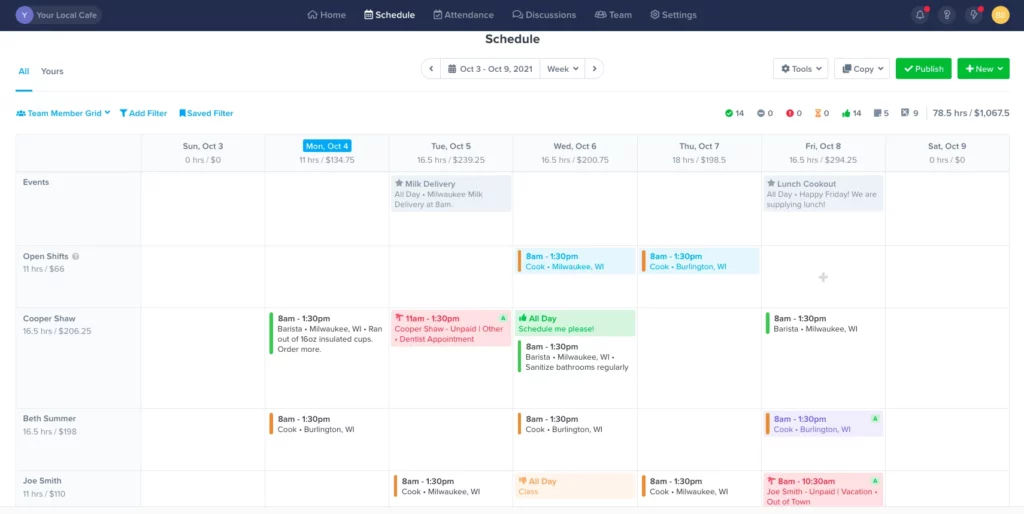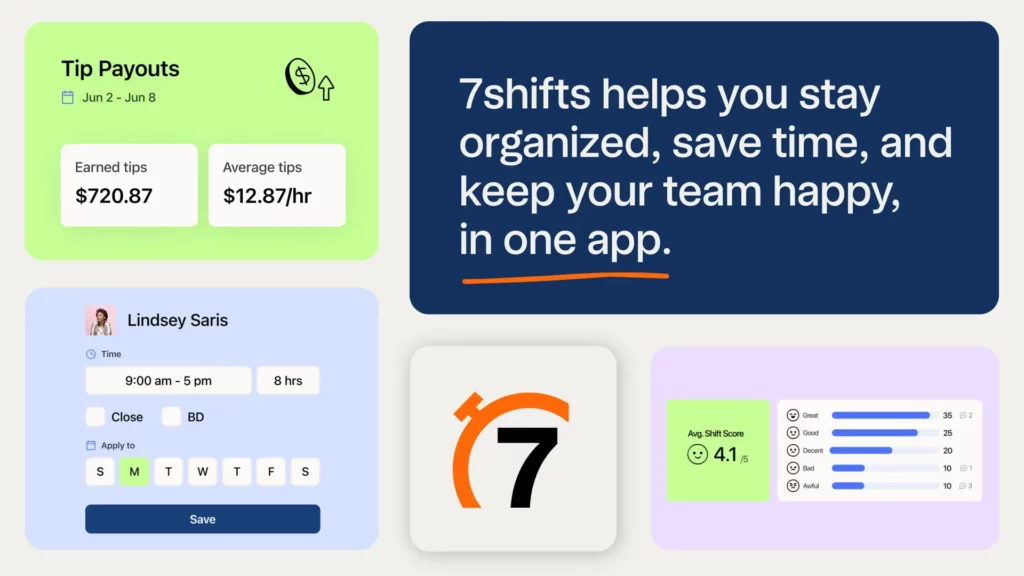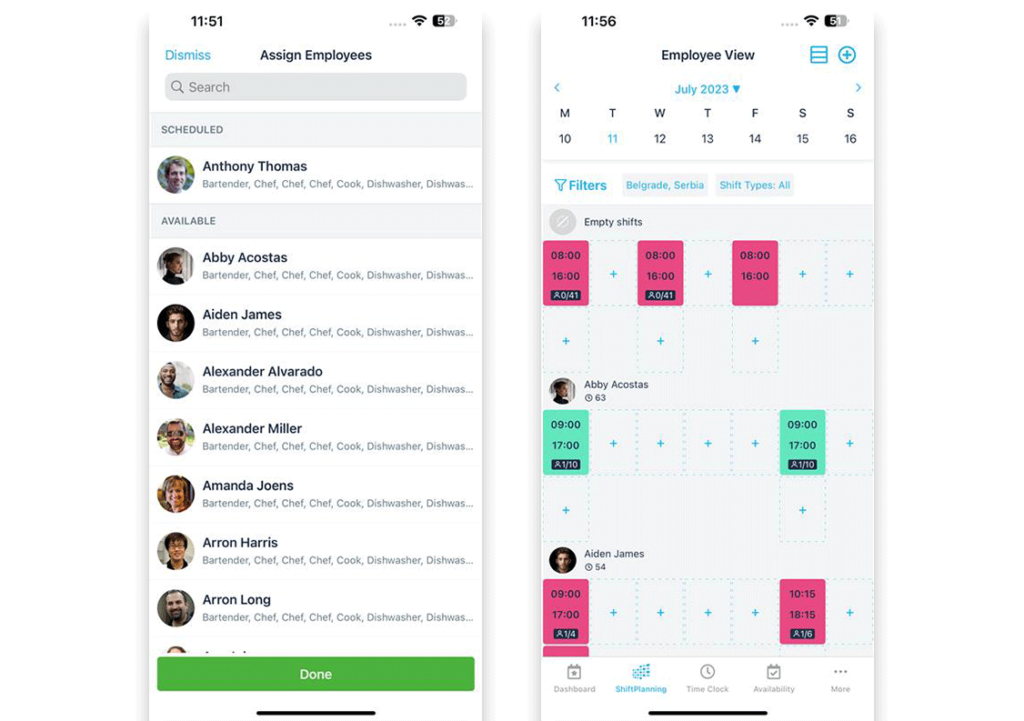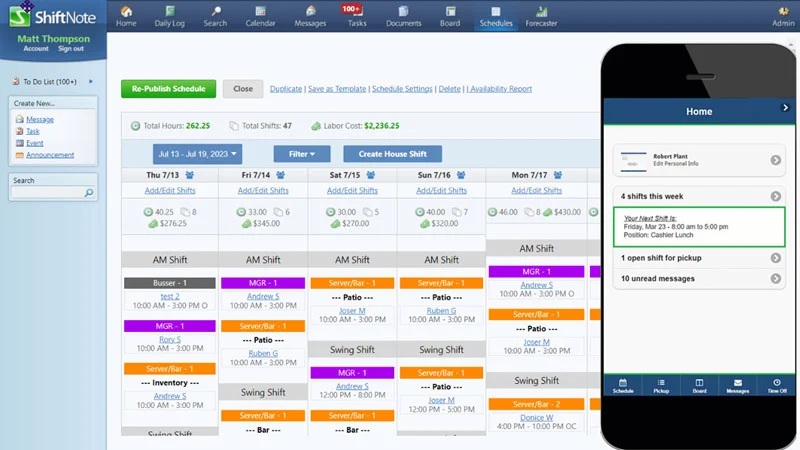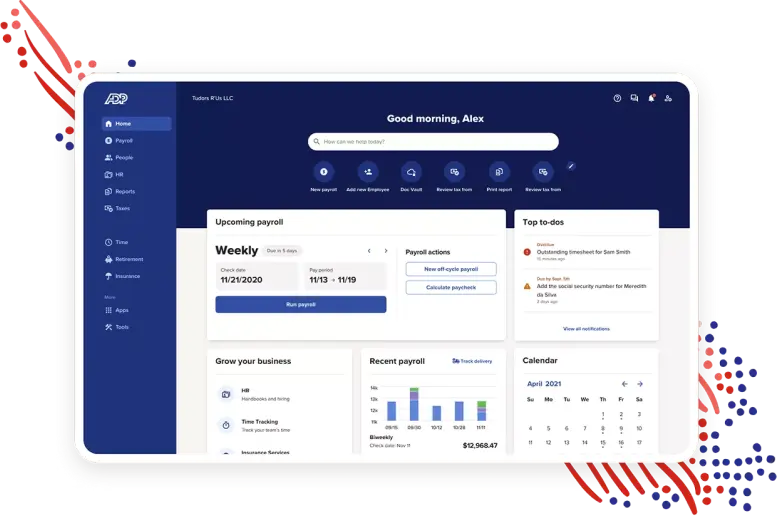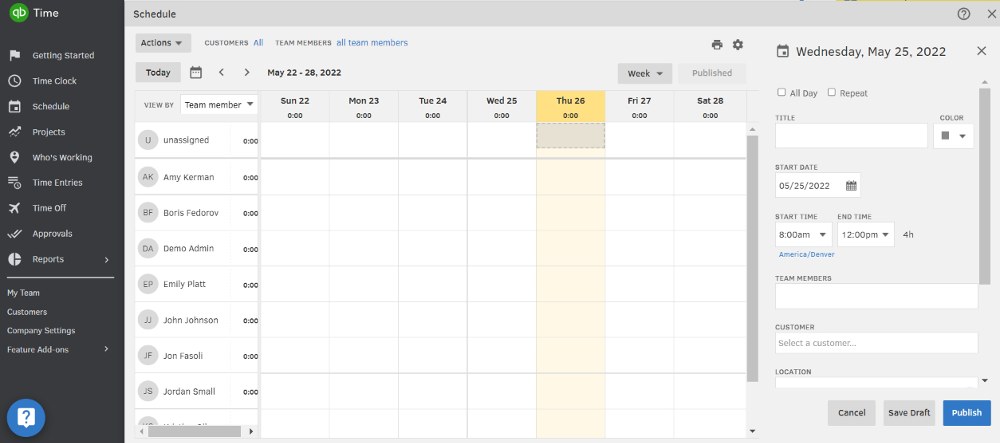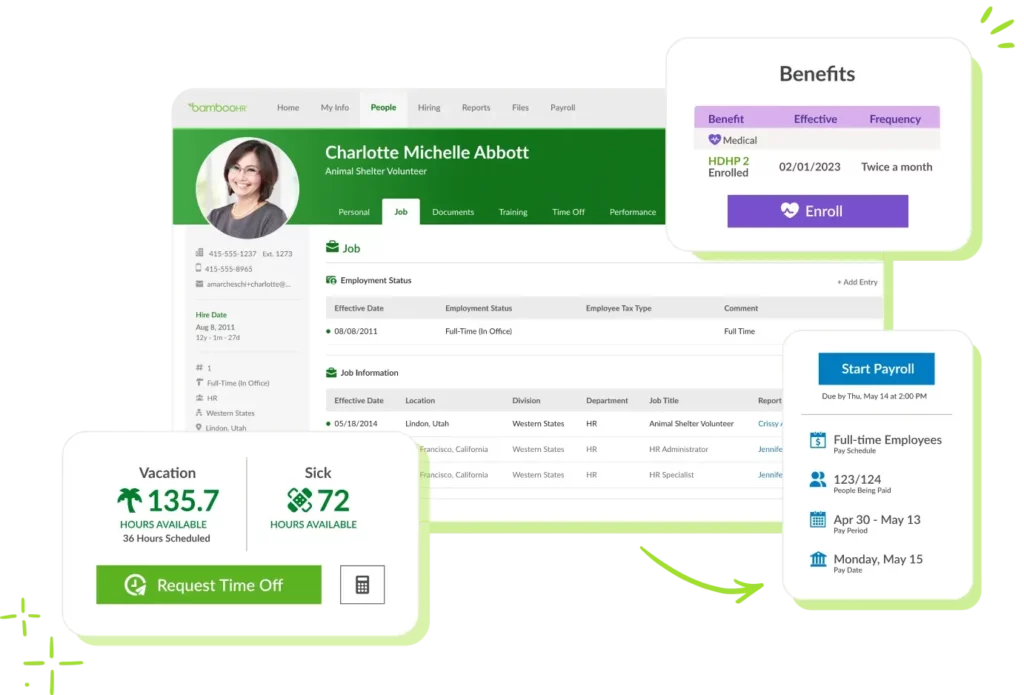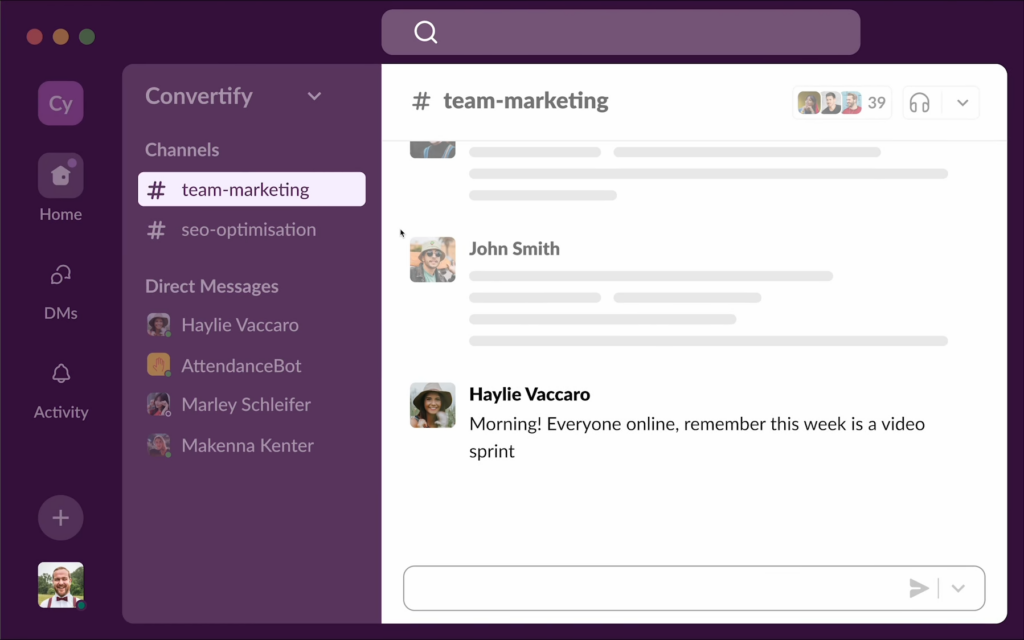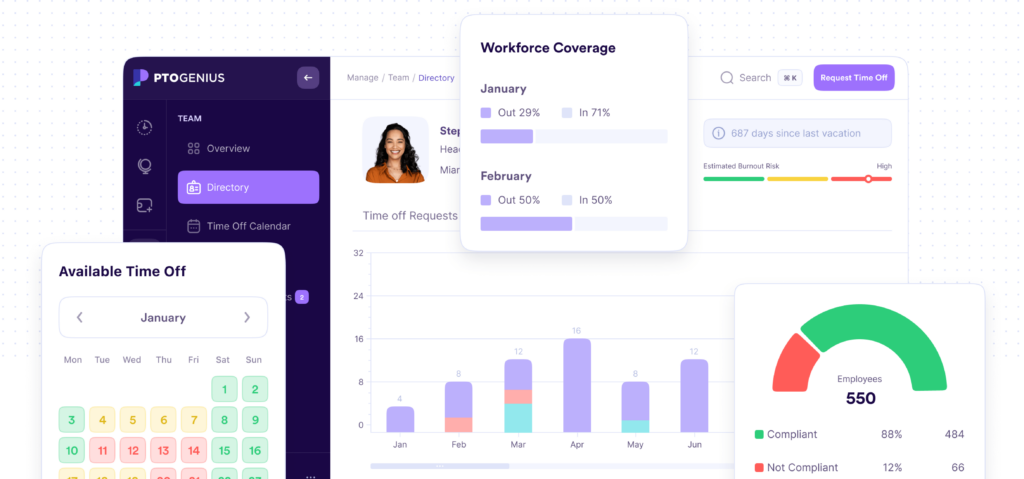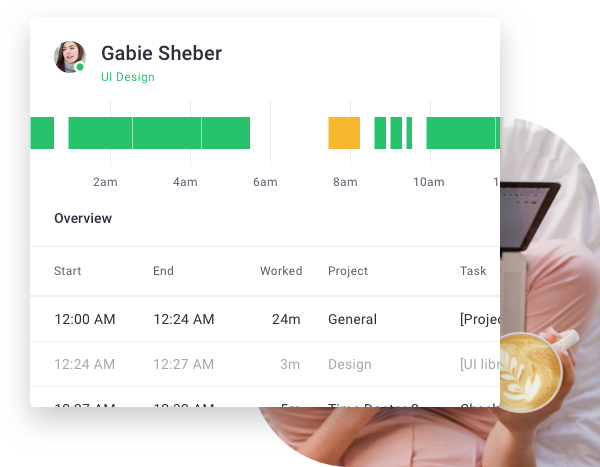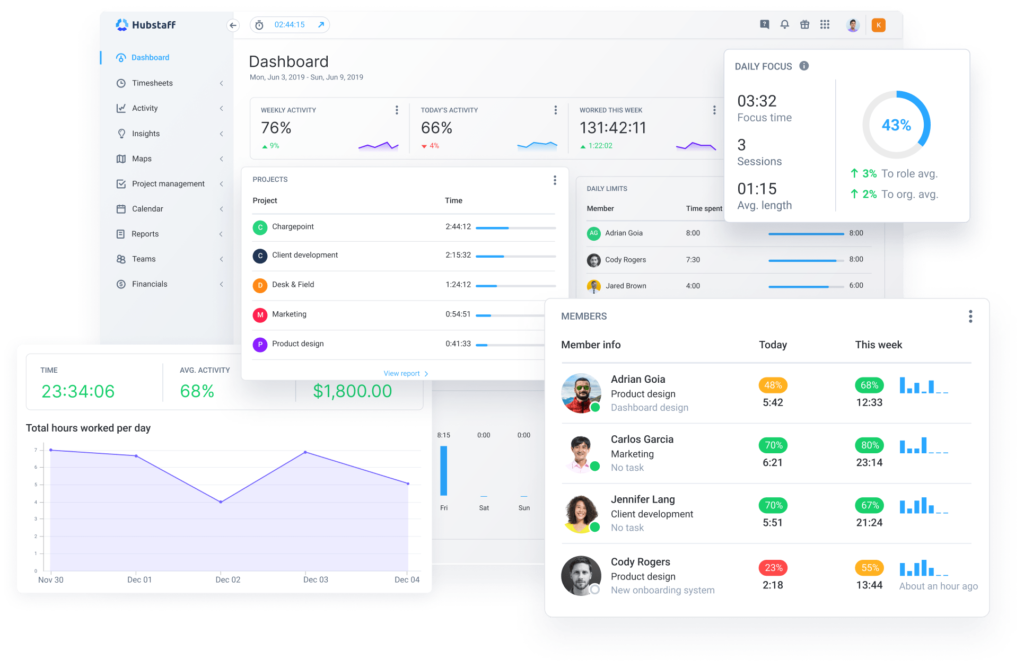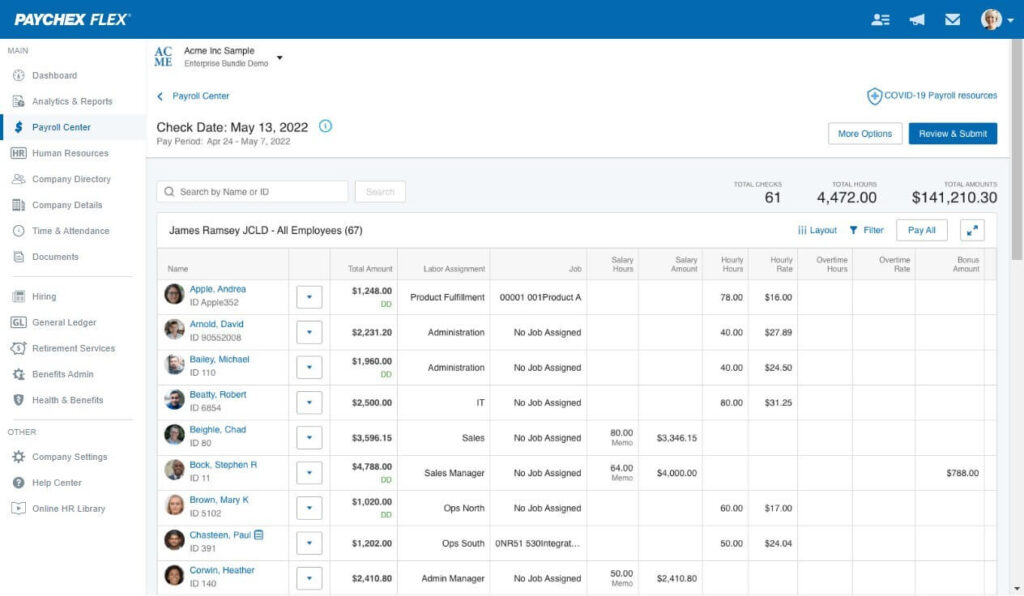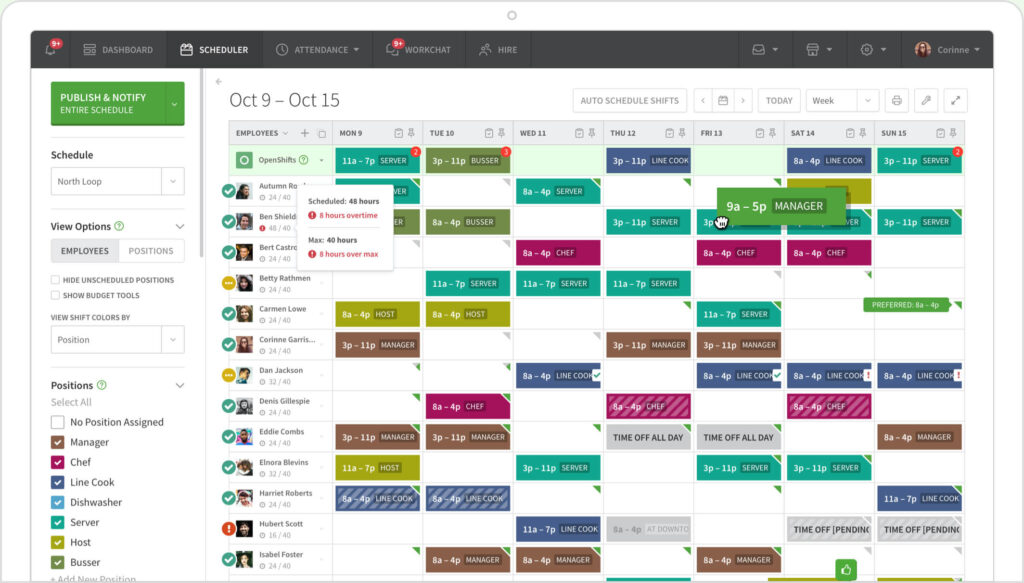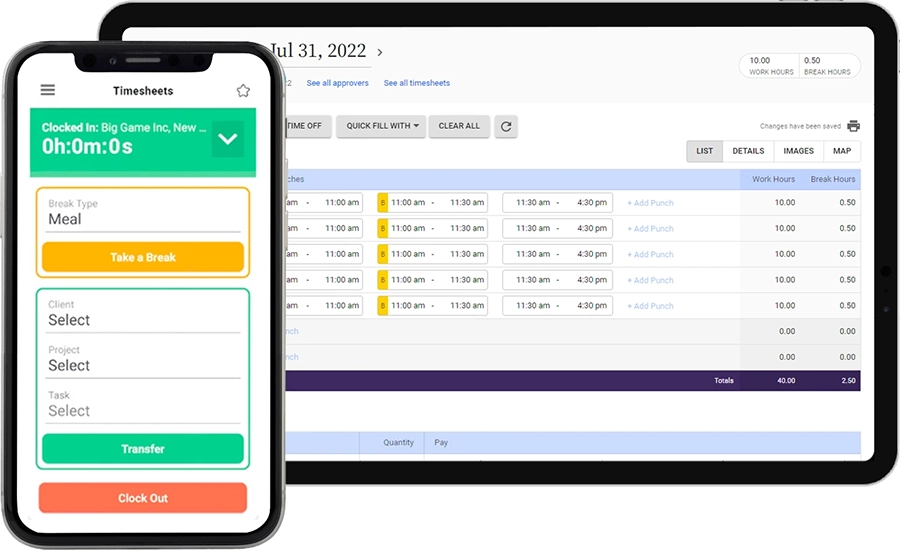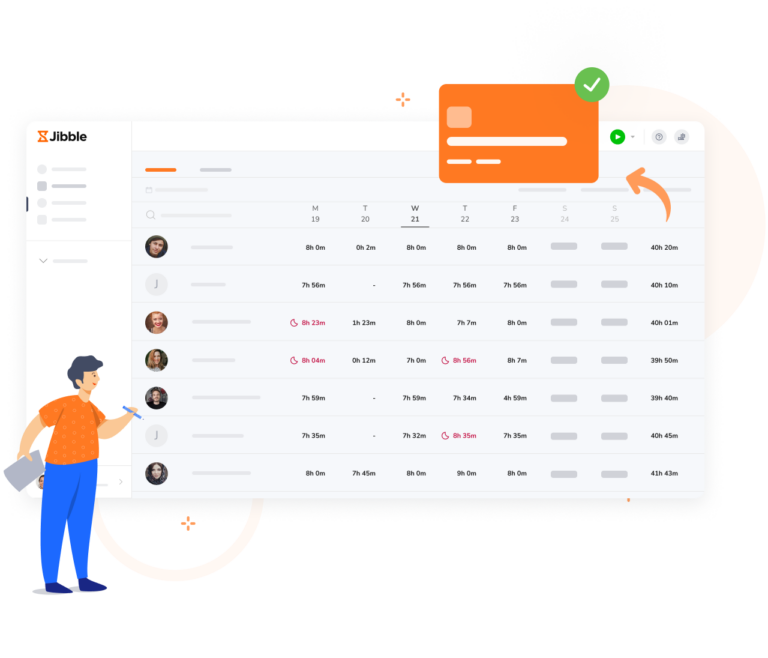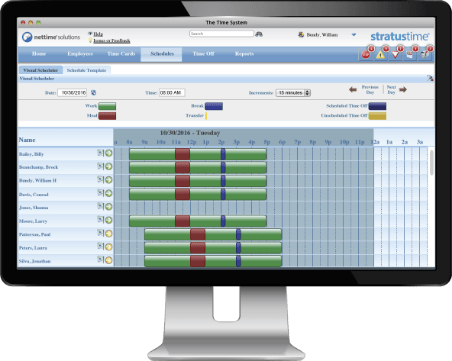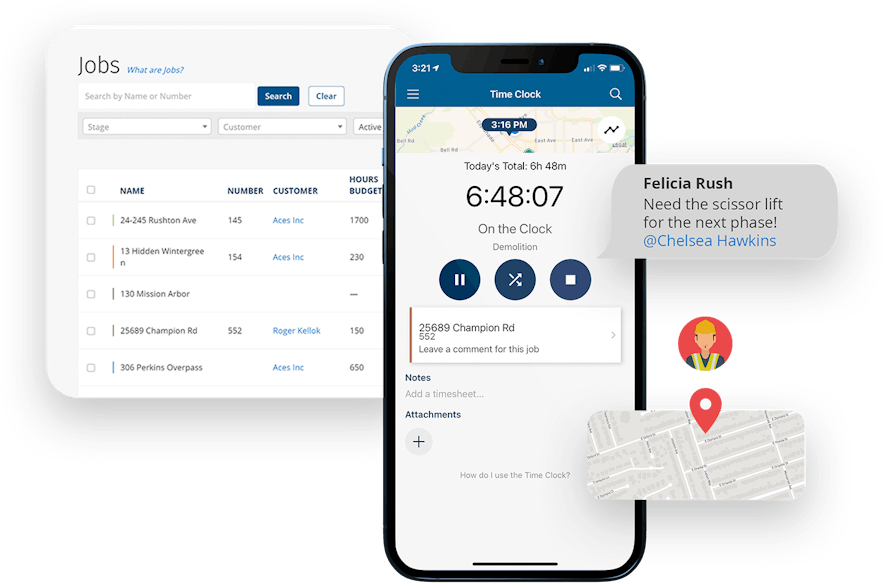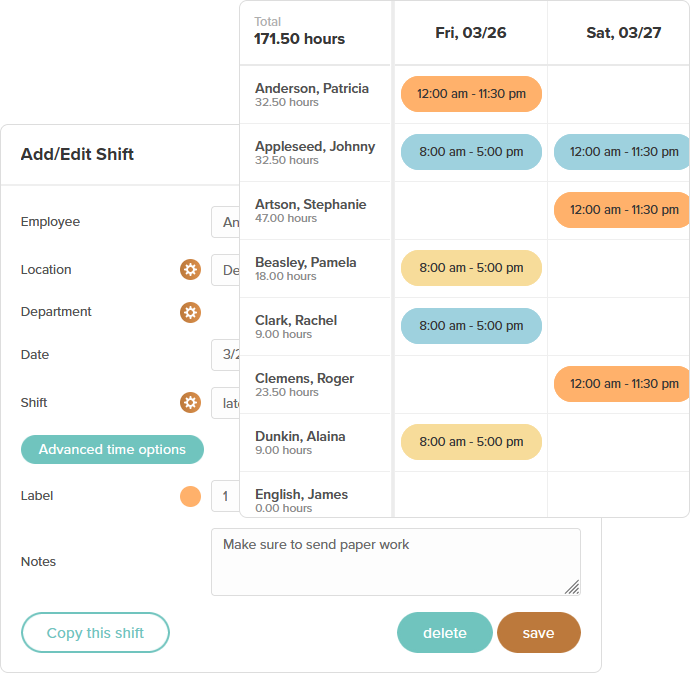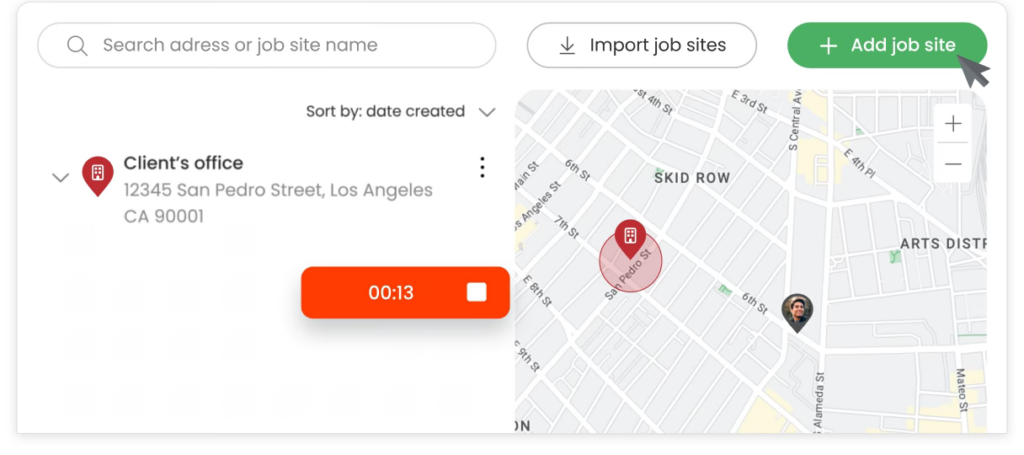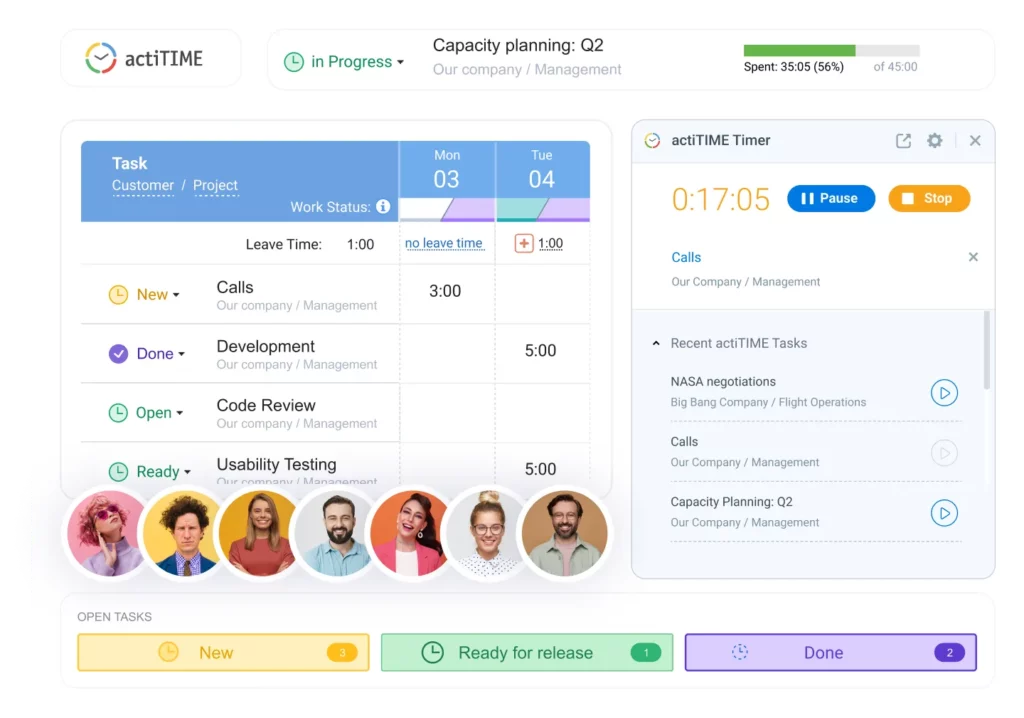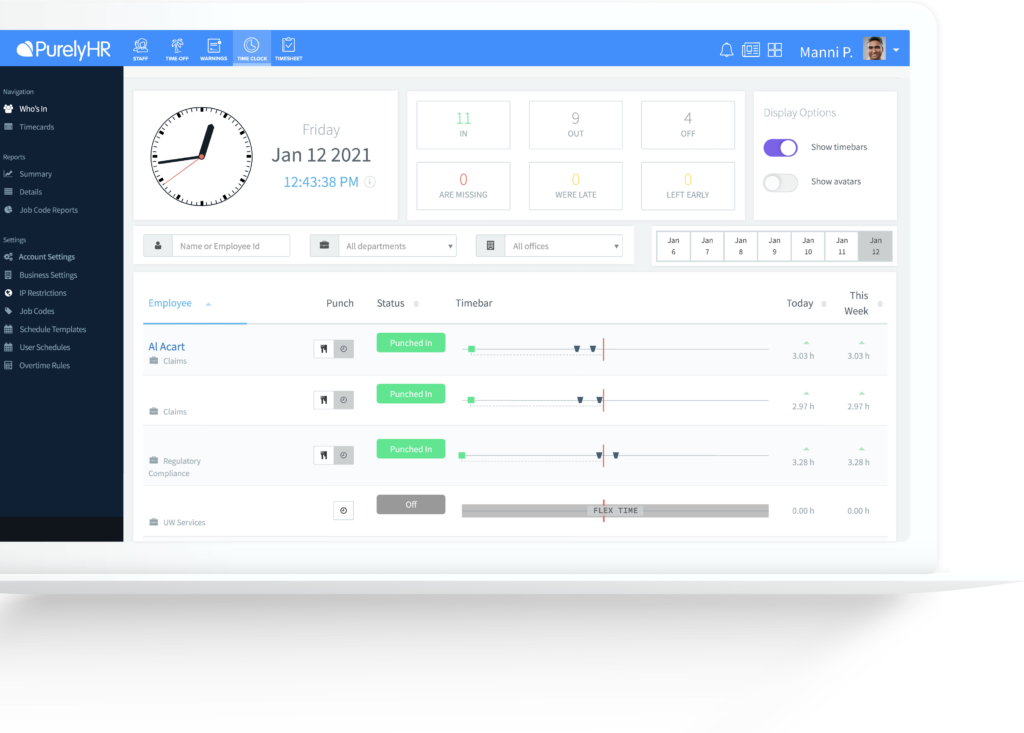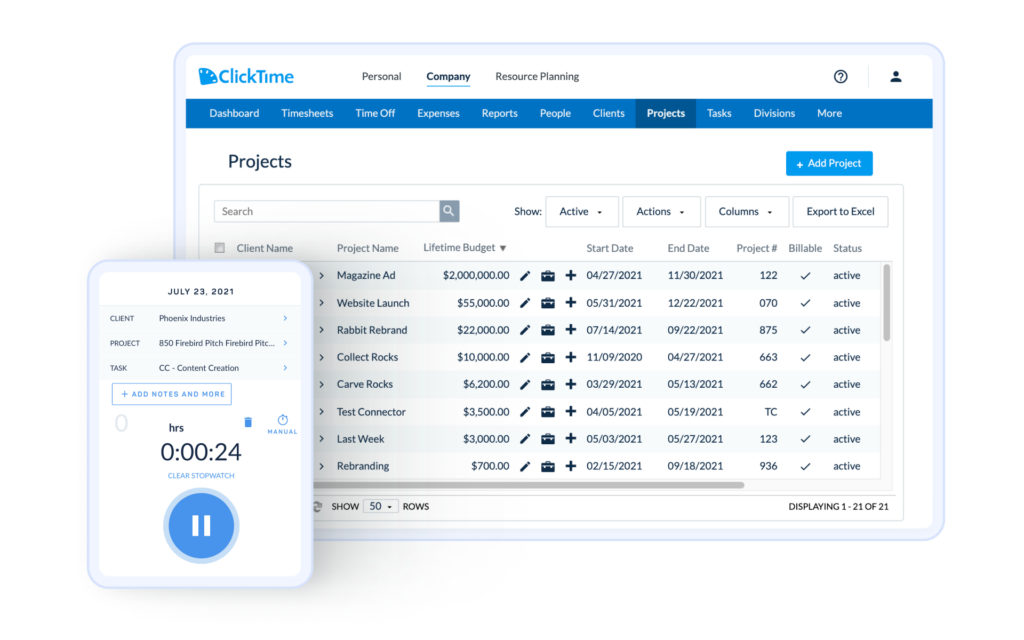A well structured leave policy is essential for both employees and employers, providing clear guidelines on the various types of leave available, eligibility requirements, and the procedures for requesting time off. Such a policy ensures employees are aware of their rights and can plan their time away from work effectively, while also allowing the company to maintain productivity and manage workloads efficiently. This article provides an in depth overview of the common components of a company’s leave policy, detailing each type of leave and its specific provisions.
Day Off
The #1 tracker for your team’s PTO, vacations and absences, Day Off will help you track your team’s leaves and absences in one place. In seconds you will set up your leave policies, approval workflow and enjoy a unique experience. The “Day Off” app concept revolves around providing users a platform to manage their personal, sick, and vacation days more effectively. features aimed at both individual employees and organizations.
- Employees can track their balances up to date information about their available time off.
- You can add unlimited numbers of employees.
- Supports various leave types (e.g., annual, sick, maternity/paternity leave) and Supports Days and Hours balance, you can add unlimited numbers of leave types and leave policies.
You can Customize your work schedule according to company’s working days and hours.
- Setting up public holidays specific to your country or region, by importing holidays from Google.
- The app can integrate with ( Slack, Google Calendar, Outlook Calendar and Teams)
- Supports Accruals & Carry overs.
Annual Leave
Annual leave, often referred to as vacation leave, is paid time off granted to employees for rest and relaxation.
- Eligibility: Full time employees are typically eligible for annual leave. Part time employees may accrue leave on a pro-rata basis.
- Accrual: Leave is usually accrued based on the length of service. For example, employees might earn 1.25 days of leave per month, totaling 15 days per year.
- Carryover: Unused leave can often be carried over to the next year, but there may be a cap (e.g., 30 days).
- Application: Employees should apply for annual leave in advance, usually via an internal HR system, specifying the dates they wish to take off.
Sick Leave
Sick leave is provided to employees who are unable to work due to illness or injury.
- Eligibility: All employees, including part time and temporary staff, are generally eligible for sick leave.
- Accrual: Sick leave can be accrued monthly or granted as a lump sum at the start of each year (e.g., 10 days per year).
- Certification: For extended sick leave (typically more than three days), a medical certificate may be required.
- Notification: Employees should inform their supervisor or HR as soon as possible if they are unable to attend work due to illness.
Maternity and Paternity Leave
These leaves support new parents around the time of childbirth or adoption.
- Maternity Leave: Often, companies provide 12-16 weeks of paid leave for mothers. Some companies may offer additional unpaid leave.
- Paternity Leave: Fathers may receive 1-2 weeks of paid leave, with some companies offering more extended periods.
- Eligibility: Generally, employees must have worked for the company for a certain period (e.g., 12 months) to qualify.
- Application: Employees should notify HR of their expected leave dates well in advance, usually with proof of pregnancy or adoption.
Parental Leave
Parental leave allows employees to care for their newborn or newly adopted child.
- Duration: This can vary widely, but many policies offer between 12 weeks to 1 year, sometimes unpaid.
- Eligibility: Similar to maternity and paternity leave, there are often tenure requirements.
- Flexibility: Some companies allow parental leave to be taken intermittently.
Compassionate (Bereavement) Leave
This leave is provided to employees dealing with the death of a close family member.
- Duration: Typically 3-5 days, though this can vary.
- Eligibility: All employees are generally eligible.
- Application: Notification to HR with possible proof of bereavement (like a death certificate).
Personal Leave
Personal leave covers various situations not classified under other leave types, such as moving house or attending important personal matters.
- Duration: Varies, usually up to 5 days per year.
- Eligibility: Generally available to all employees.
- Application: Requires prior approval from HR or a supervisor.
Unpaid Leave
Employees can request unpaid leave when they need time off beyond their entitled paid leave.
- Duration: Varies based on company policy and specific circumstances.
- Eligibility: Often granted at the discretion of the employer.
- Application: Requires a formal request detailing the reason for leave.
Public Holidays
Employees are entitled to time off on public holidays recognized by the company.
- Policy: Public holidays are usually paid and do not count against other leave entitlements.
- Substitution: If an employee works on a public holiday, they might receive a substitute day off or additional pay.
Study Leave
Provided to employees pursuing further education relevant to their role.
- Duration: Varies, can be a few days to weeks.
- Eligibility: Often requires proof of enrollment in a course and relevance to the job.
- Application: Must be requested well in advance, typically with supporting documentation.
FAQ
What is a company leave policy?
A company leave policy outlines the rules and procedures regarding employee time off, including vacation, sick leave, parental leave, and other types of absences. It ensures fairness, compliance, and clarity for both employers and employees.
Why is it important to understand your company’s leave policy?
Understanding the leave policy helps employees plan time off responsibly, avoid misunderstandings, and make the most of their available leave. It also helps ensure compliance with company and legal requirements.
What are the common types of leave covered in most policies?
Typical leave categories include annual or vacation leave, sick leave, parental leave, bereavement leave, unpaid leave, and public holidays. Some companies may also offer personal or volunteer leave.
How is leave typically accrued?
Leave accrual can depend on factors like length of service, work hours, or company specific policies. Many organizations offer a set number of days per year or accrue leave monthly or biweekly.
Can employees carry over unused leave to the next year?
This depends on the company’s policy. Some organizations allow unused leave to carry over with a limit (cap), while others follow a “use it or lose it” rule where unused days expire after a set period.
What should employees do before taking leave?
Employees should review their available balance, follow company procedures for submitting leave requests, and provide sufficient notice. Using digital tools like Day Off helps streamline the process and maintain transparency.
Are there legal requirements companies must follow when setting leave policies?
Yes. Leave policies must comply with local labor laws, which can cover areas like paid time off, family leave, and public holidays. Employers should also consider regional regulations to avoid compliance issues.
How can companies ensure fairness in their leave policy?
Employers should apply policies consistently across all employees, clearly communicate rules, and use systems that track leave accurately. Transparency helps build trust and fairness in the workplace.
What happens if an employee doesn’t use their leave?
Unused leave may either roll over, be forfeited, or be cashed out, depending on the company’s policy and local regulations. Encouraging employees to take time off is essential to prevent burnout.
How can HR and employees track leave more efficiently?
Using leave management software like Day Off automates tracking, approvals, and reporting, ensuring accuracy and efficiency while giving employees visibility into their leave balances.
Conclusion
A clear leave policy helps manage employee expectations and ensures smooth operation within the company. Employees should familiarize themselves with the specific details of their company’s policy, as it outlines their rights and responsibilities regarding taking leave. Understanding and adhering to the leave policy promotes a balanced work-life dynamic, contributing to overall employee satisfaction and productivity.








